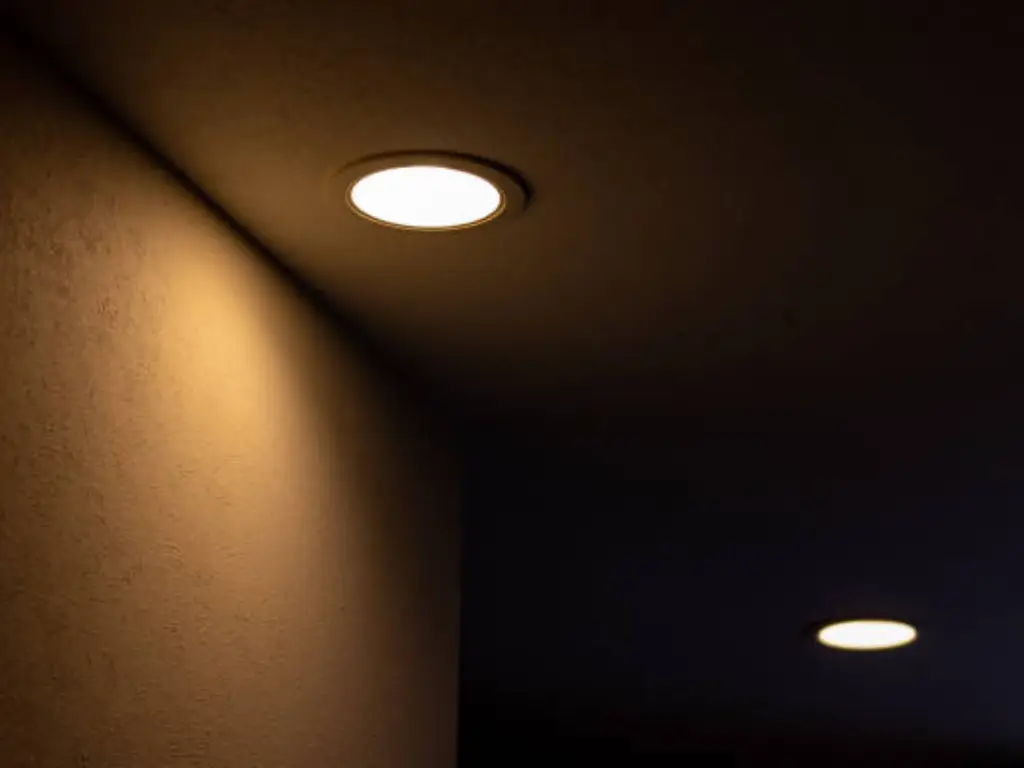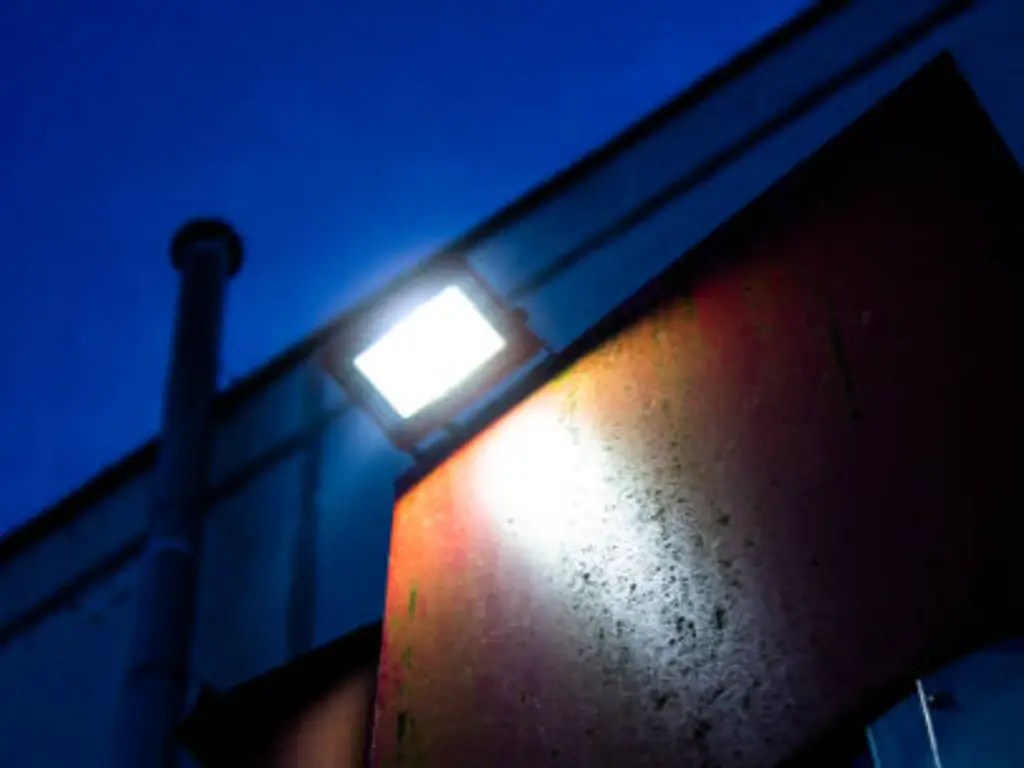Introduction
LED lights have revolutionized how we illuminate our spaces, offering unmatched energy efficiency and a significantly longer lifespan. One important factor that is almost always taken into consideration when upgrading lights is the modern-day question, “Can LED lights be dimmed to achieve optimal lumens (lm)?” As you can see, the answer can be complicated at times. We will guide you step by step through the process, explaining everything clearly so that you understand the decisions you make for your home or project are indeed the right ones. We will make sure that you get the most benefits out of your lamp by properly showing you how to achieve the ideal lighting experience by using the right dimmable LED lamps that work best for you.
Understanding LED Dimming: Not All LEDs Are Created Equal
Not all commonly available LED lamps are dimmable, and some people think that all of them are, which is a huge mistake. In fact, unlike incandescent bulbs, where simple voltage reduction works, LEDs tend to make it a bit more complicated by relying on the design of the driver, which makes dimming through a diffuser a much more complicated task.
Why Are Some LED Lights Not Dimmable?
Their inability to be dimmed is primarily because of the LED driver. An LED driver is a piece of electronics responsible for transforming the AC power your main supply uses into a constant DC current, which all LEDs need. The main function of basic drivers used in non-dimmable LEDs is designed only to power LEDs on and off. For external dimming control to work, Standards LEDs need to possess what is called a ‘dimming driver’. This ‘dimming driver’, or an external dimmer, is what makes LEDs truly dimmable. Not possessing this driver is the reason why they can’t be controlled by basic standard dimmers. Trying to use standard dimmers with non-dimmable LEDs can result in:
- Flickering: LEDs rapidly cycle on and off, creating an annoying and distracting light.
- Buzzing or Humming: Dimmers or fixtures may produce sound as a result of electrical instability.
- Reduced Lifespan: A non-dimmable LED being forced to operate outside of its parameters is bound to overload the components. This adds stress on the components and leads to premature failure of the LED and/or the dimmer.
- Inconsistent Performance: LEDs may not dim in a smooth manner, turn off unexpectedly, or fail to reach desired brightness levels. All of these problems add stress and costs to users. This is a reminder to ensure that their LED fixture and dimmer switch possess all the necessary components before purchasing.
Unpacking LED Dimming Technologies: PWM vs. Phase-Cut
Dimming of LEDs mainly revolves around two technologies: Pulse Width Modulation (PWM) and Phase-Cut Dimming.
- Pulse Width Modulation (PWM): This is the primary method used to dim low voltage DC LEDs. In PWM, the LED is turned on and off at a frequency that is imperceptible to the human eye (for example, hundreds or thousands of times per second). The amplitude of secondary voltage is controlled by controlling its duty cycle; The portion of a time period where the device is in an ON state. An LED’s longer on time translates to a brighter light.
- Advantages: Provides exceptionally low levels of continuous operation with no flicker or color changes, even below 1% dimming. PWM is highly effective in energy conservation.
- Applications: Especially prevalent in LED strips, smart lighting, and other devices that have integrated dimmable drivers.
- Phase-Cut Dimming (TRIAC/Leading Edge/Trailing Edge): This technique is retrograde and was developed for use in incandescent lamps. It functions by “cutting” a segment of the AC (alternating current) waveform, which diminishes the power supplied.
- Leading Edge (TRIAC) Dimmers: These are older and more common. The cut-off is the leading edge of the sine wave. Many of the older dimmable LED lamps would use the TRIAC method, but they led to flickering and buzzing because of the strife with the LED drivers.
- Trailing Edge (ELV/Reverse Phase) Dimmers: They are more advanced and generally better suited for modern dimmable LEDs. They cut the trailing edge of the AC waveform, resulting in smoother dimming, quieter operation, and a wider range of dimming for LEDs.
- Advantages: Readily available, in many cases facilitating the replacement of existing switches with wall-mounted units. There is good performance with compatible LEDs.
- Applications: Common in residential and commercial retrofits, usually combined with “dimmable” LED bulbs meant for these systems. As performance can vary widely between dimmer types, always check the LED lamp or fixture specifications together with the compatibility list from the dimmer’s manufacturer for best results.
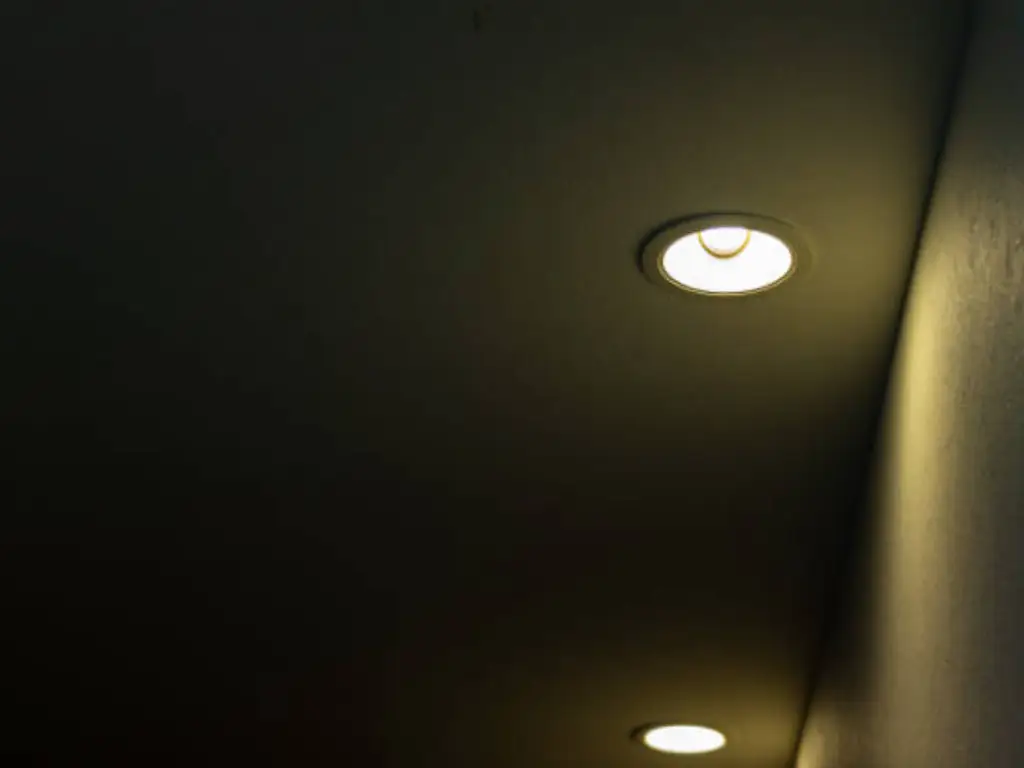
The Value of Dimming LEDs: Why It Matters
From enhancing comfort and efficiency to improving the aesthetics of spaces, the ability to dim LEDs has numerous advantages beyond brightness control. A dimmer’s core function mainly focuses on the adjustment of light output, but its advantages go way beyond that.
- Precise Controllable Lighting as A Mood Enhancer: The essence of any space can be best managed through lighting. Dimmable LEDs give the user the ability to shift from functional task bright lighting to mellow warm illumination. For instance, in the living room, consider setting the dimmer to an energetic bustling setting during a party or switching to warm, soft light for quiet evenings. One can adjust the environment tailored for the time of day, activities, and moods, which considerably improves one’s comfort and well-being. For every user need spanning across different lighting fittings, the optimum suitable dimmers will provide the required functionalities.
- Boosted Power Savings: The already efficient LEDs can further save on power consumption by dimming them. An LED struck to 50% dimness usually utilizes less than half of its total power, often close to 30-40%. Effortless dimmable LEDs still surpass set energy minimums, hence retaining their maximum effect when it comes to energy saving. These savings compound over time, leading to significant cuts in electricity expenses. One case is a single 15W dimmable LED bulb, which can save $5-$10 every year when dimmed to 50% for just 4 hours daily across multiple properties.
- Enhanced Lifespan of LEDs: Using LEDs in lower brightness settings decreases the thermal stress inflicted on their drivers, especially the LED chips and exponents. It is a proven fact that heat is a major reason why LEDs decrease. Dimmable LEDs run cooler, which lowers the reduction of their material, thus extending their lifespan beyond the given average of 25,000 to 50,000 hours. Reduced maintenance costs are achieved through lowering the number of replacements needed.
- Enhanced Adaptability and Functionality: The ability to dim LEDs gives way to more advanced methods of controlling and designing lighting systems. They sync effortlessly with smart home technologies that allow for scheduling, voice-commanded dimming, as well as remote unattended access. A modern dimmer can respond to a wide array of control signal types, thus permitting complex lighting scenes with automatic escalations or reductions. Illumination automation on this magnitude facilitates exploitation of control convenience, multiplied security, and efficient use of lighting resources.
- Enhanced Viewing Conditions: Emitting all available light simultaneously runs the risk of creating glare or straining the eyes. Dimming during specific tasks, especially at night, proves the need for versatile solutions such as adjustable brightness LEDs. Providing a more comfortable lower level of light reduces harshness, portraying visibly enhanced comfort, most especially within office spaces, bedrooms, or areas with high usage on a blitz.
Choosing the Right Dimmer: Compatibility is Key
The entire system will revolve around the compatibility of the LED fixtures with the dimmer switches. Problems with LED dimming are almost always due to incompatibility.
Identifying Dimmable LED Fixtures and Bulbs
Check if the dimmer that you wish to choose allows your lights to be dimmed. Look for these signs:
- Product Packaging: Should have the words “Dimmable,” “Dimmable LED,” or a picture with a circular arrow pointing up.
- Product Specifications/Data Sheet: Integrated fixtures should have a spreadsheet with statements of dimmability and sometimes a list of recalled models of dimmers that will work with it.
- Online Product Listings: Dimming capabilities are specified in the guidelines in descriptions of reputable stores.
Never assume an LED is dimmable if it’s not clearly indicated. Attempting to dim a non-dimmable LED will lead to poor performance and potential damage.
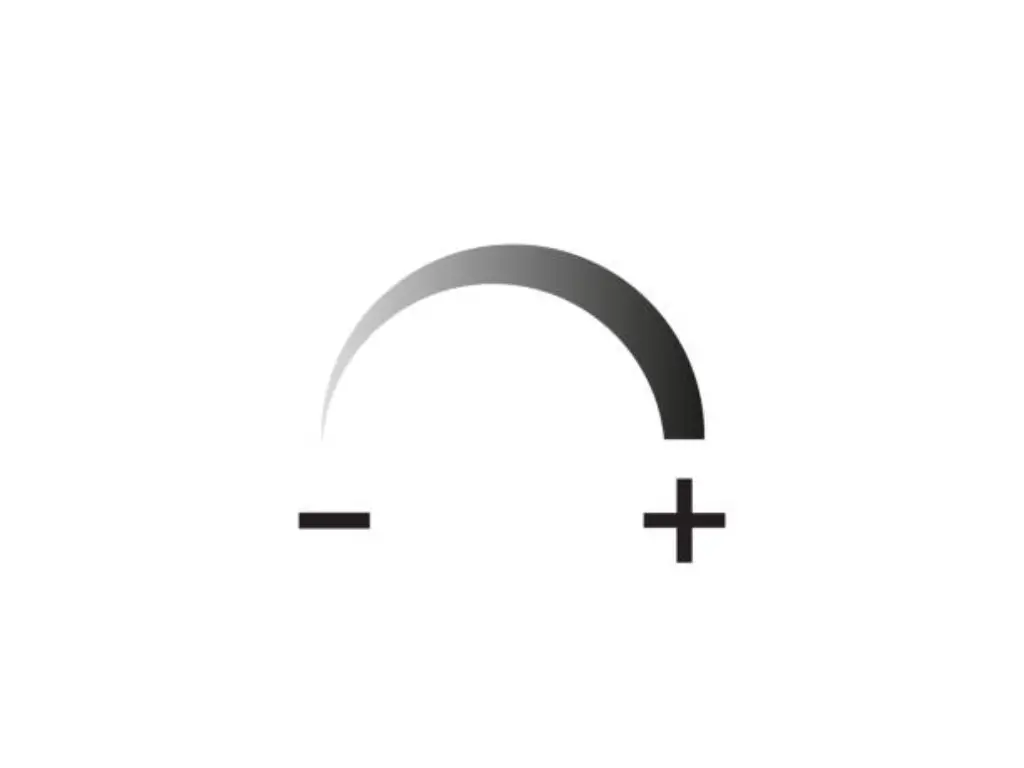
Traditional vs. Dedicated: Why You Need an LED-Specific Dimmer
After confirming your LEDs are dimmable, the correct dimmer switch selection becomes extremely important. Traditional dimmers meant for incandescent bulbs tend to have high minimum load criteria (e.g., 40+) as well as employing a “leading edge” phase cut principle, which often clashes with the components of LED drivers. Since LEDs draw significantly lower power (e.g., a 10W LED replacing a 60W incandescent), a string of LEDs will culminate in us under the traditional dimmers’ minimum load, giving rise to:
- Insufficient Power: The dimmer lacks enough current to operate correctly, causing flickering or lights not turning on.
- Incompatibility with LED Drivers: Electrical “noise” from traditional dimmers can disrupt sensitive LED drivers, causing buzzing or erratic dimming.
That’s exactly why a dedicated LED dimmer is needed. These are designed to:
- Operate with Low Wattage Loads: Designed for the minimal power draw of LEDs, often with minimum power requirements as low as 1 W or 5 W.
- Provide Smoother Dimming: Most modern LED dimmers are trailing edge (reverse phase) type, offering superior compatibility with electronic LED drivers for a much smoother and stable dimming curve down to very low levels.
- Mitigate Electrical Interference: Built with circuitry to reduce noise, minimizing buzzing and humming from the LED fixtures.
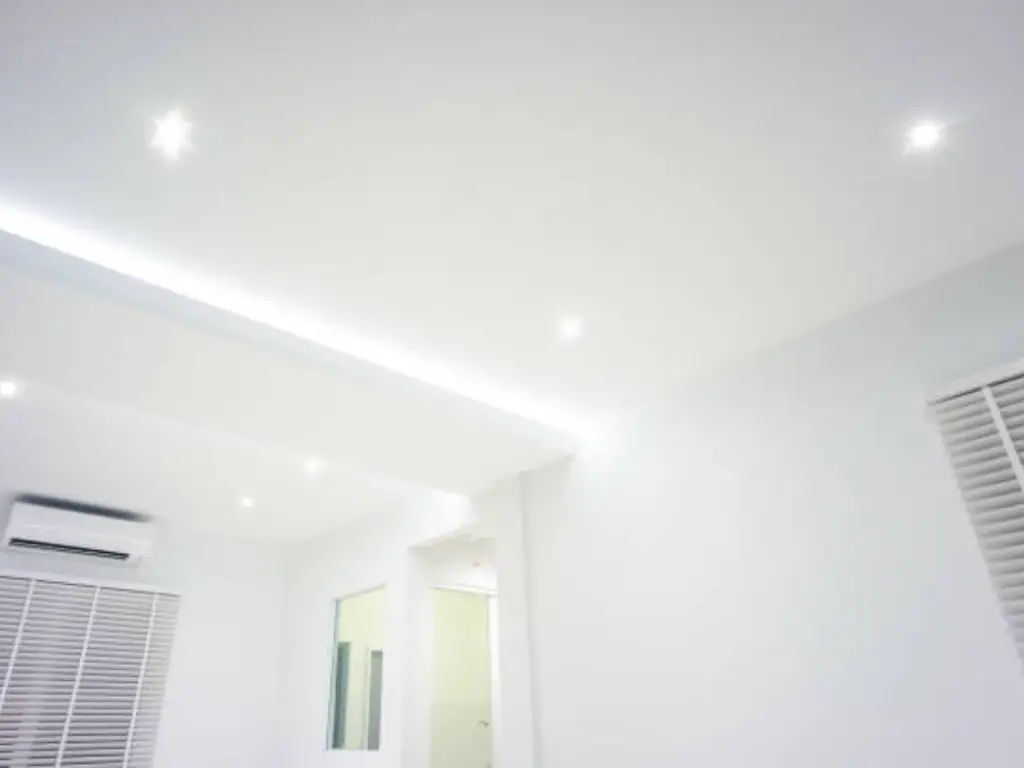
When choosing a dedicated LED dimmer:
- Check the Dimmer’s Compatibility List: Competent dimmer manufacturers test different LED bulbs and fixtures and provide a list of certified compatible items. This is the best source of information.
- Match Dimmer Type (Leading vs. Trailing Edge): Check what type of LED your light fitting uses.
- Consider Total Wattage: Every dimmer has a maximum wattage limit, which must be greater than the total watts of LEDs to be connected, and the combined wattage of all LEDs must fit the dimmer’s minimum and maximum load requirements.
| Dimmer Type | Best Suited For | Common Issues with Incompatible LEDs | Key Benefit for LEDs |
|---|---|---|---|
| Leading Edge | Incandescent, Halogen | Flickering, Buzzing, Limited Range | Often found in older installations |
| Trailing Edge | Most Dimmable LEDs, ELV | Less common, if compatible | Smooth dimming, Wide range, Quiet operation |
| Dedicated LED | All Dimmable LEDs | None, if correctly chosen | Optimized for low loads, prevents common problems |
Choosing the correct dedicated LED dimmer is not merely a recommendation; it’s a necessity for achieving the seamless, high-quality dimming experience that modern LED technology promises.
Wosen’s Promise: Effortless Dimming, Brighter Future
Are you facing challenges with buzzing or flickering LEDs? Since 1992, as industry-leading manufacturers of LED lighting, Wosen has developed strategies to make dimming simple. With 32 years of expertise, we provide solutions that guarantee ease of use for your projects and daily activities.
What sets Wosen apart is our commitment to delivering advanced lighting technologies that go beyond just illumination devices. We design smart solutions around your dimming problems that meet and exceed your expectations.
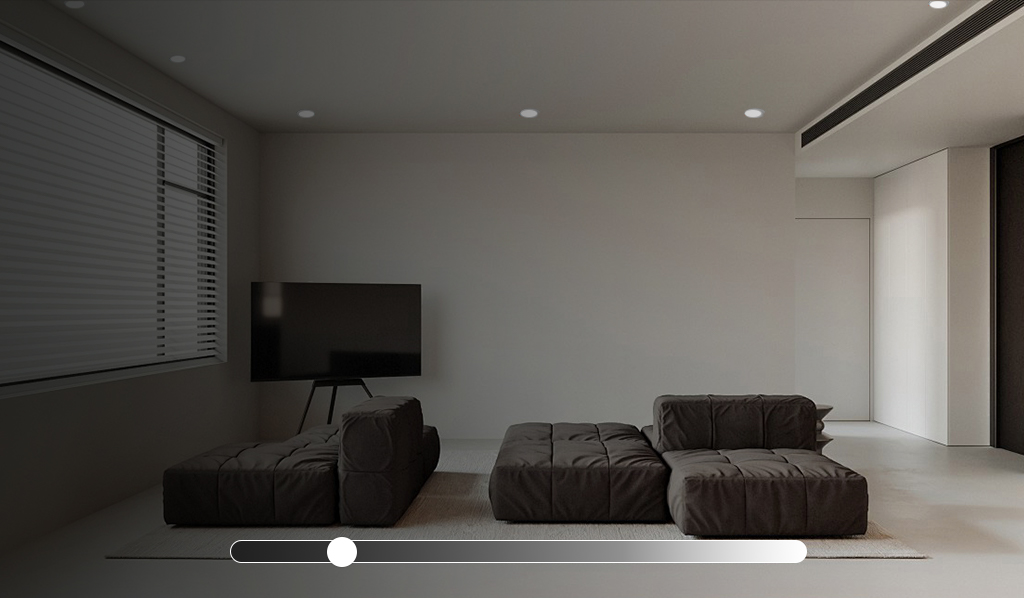
- Broad operational range guarantees compatibility: Flicker and buzz with Dimmable LED High Bay, Wall Pack, and Recessed Lights are a thing of the past. These fixtures are competitively aligned with leading dimming systems. Guaranteed performance at all levels means we uphold the customers’ experience and yield smooth dimming, even at lower settings. Technical support is available at all times to aid customers in selecting the best solutions for their advanced dimming requirements.
- Unyielding quality and performance: Expect precise brightness at the stated levels. Our dimmable LEDs possess high Luminous Flux, Wide Angle Light Output, with optimally balanced lumens and wattage. We guarantee the use of the finest temperature-resistant parts, which make the system last longer. In addition, superior optical elements shield the fixture from ultraviolet rays and work for 5 years without sustaining yellowing, enabling the utmost light quality and consistency, which, unlike inferior counterpart products, is guaranteed to be maintained.
- Integrated Smart Solutions: Adapt to intelligent control. Most Wosen’s dimmable LEDs include automatic switching and dimming features. Picture lighting that not only adjusts to the surrounding light level but also saves energy, like garden or street lights, and consumes less power than traditional lighting systems. This leads to remarkable savings while still providing the best lighting and comfort.
- Dimming Innovation for the Future: Every industry has its trends, and so do we. Wosen continuously modernizes and incorporates the latest advancements in dimming technology to provide first-class lighting solutions that are easy to adapt into sophisticated engineering building management systems.
Conclusion
Understanding “Can LED lights be dimmed?” is the first step toward unlocking unparalleled versatility, efficiency, and ambiance in your lighting. We’ve explored why not all LEDs are dimmable, delved into key dimming technologies, and highlighted the critical importance of dimmer compatibility. Making an informed choice here isn’t just about avoiding issues; it’s about making a smart investment that enhances your daily life or project’s success.
The benefits of dimmable LEDs are extensive: they allow you to sculpt the mood of any space, optimize energy consumption for significant savings, and extend the operational life of your fixtures.
At Wosen, our legacy as a leading LED lighting manufacturer is built on innovation, quality, and a commitment to customer satisfaction. We design and produce LED solutions that are not only technologically advanced but also intuitively user-friendly, ensuring that features like seamless dimming are a core component of your experience. When you choose Wosen, you’re investing in a meticulously engineered lighting solution that promises reliability, superior performance, and the effortless control of light for a brighter, more adaptive future.
By understanding the nuances in this guide, you are now well-equipped to select the perfect dimmable LED lights and compatible dimmers for your needs. Illuminate your world with precision, efficiency, and the perfect ambiance, knowing you’ve made an informed and wise choice.
Questions:
Can I use a non-dimmable LED light with a dimmer?
No, as I suggested earlier, a non-dimmable LED light should not be paired with a dimmer switch. The circuitry in a non-dimmable LED is pretty basic since it uses a fixed power supply driver. This can result in dimmable LEDs flickering and buzzing, shortening both the dimmer and LED’s lifespan, and inconsistent light output. As a rule of thumb, always use lights that state “dimmable.”
What if my LED lights are flickering or buzzing?
When LEDs start dimming, flickering, or buzzing, they are showing signs of being incompatible. In almost every situation, any buzzing or flickering is caused by an incompatible dimmer (i.e., a non-LED-friendly incandescent dimmer) or is set too low to operate below the LED’s wattage minimum. This also may result in loose wiring or a broken LED bulb, which are not very common.
Solutions:
- Check compatibility lists from both your LED and dimmer manufacturers.
- Replace your dimmer with a dedicated LED dimmer, ideally a trailing edge type, compatible with your LEDs.
- Add more compatible dimmable LEDs to the circuit if the total wattage is below the dimmer’s minimum load.
- Check wiring (with power off) for loose connections.
- Replace any potentially faulty LED bulbs.
How do I install an LED dimmer?
The installation of an LED dimmer switch can be done by a knowledgeable person, thanks to its step-by-step instructions. But like anything dealing with electricity, safety is first: switch off the power from the circuit breaker. Make sure that the power is, indeed, off.
The steps broadly include taking out the old switch, wire the new dimmer’s ground and line/hot wire to the correct places (usually marked as load, and occasionally a neutral or traveler wire for three way connections), fixing the dimmer, adding the wall plate, turning the power on, and checking it. Always call a licensed electrician when you are in doubt.
Will dimming shorten the lifespan of my LED lights?
LED lights are not shortened when they are dimmed. In fact, the lights become more efficient when eased in brightness. LEDs primarily wear out because of heat, but when they are dimmed, they perform at a far lower power grade, thus producing reduced heat. That means less strain on the LED’s components, which helps slow down the degradation and drop in the light’s intensity. As long as the LEDs are compatible with the emitters and can withstand modified brightness, their duration, along with the quality of light, will be higher.
